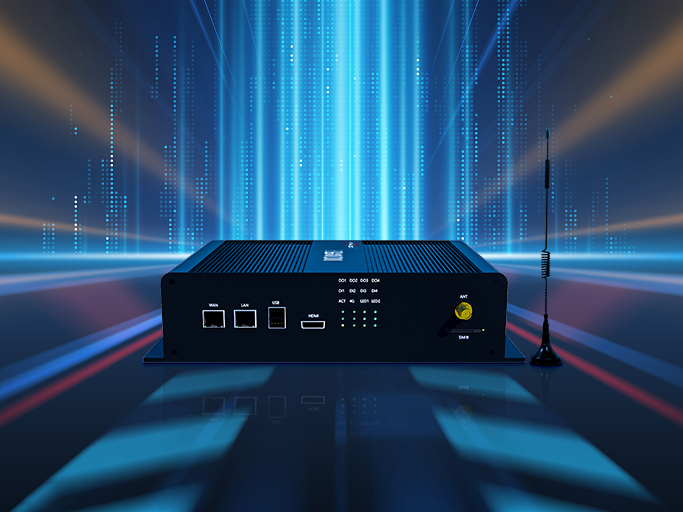With the rapid development of the intelligent manufacturing industry, enterprise production has transformed from the traditional manual intervention mode in the past to automated and unmanned production methods, and management has become increasingly dependent on information management. However, in enterprise information management, it is necessary to collect a large amount of on-site production data to provide managers with analysis and decision-making support. It can be seen that the importance of production data collection and use for enterprise management and development is self-evident.
Because there are great differences in the production sites of enterprises in various industries, such as wide distribution of equipment, many types of equipment, various forms of information collection by equipment, and inconsistent equipment control systems, etc. Using traditional SCADA implementation methods to collect data will lead to troublesome construction, high costs, and long implementation cycles. Nowadays, enterprises are increasingly preferring to use Gateway IoT to collect data. Compared with traditional methods, gateways are more flexible, fast, convenient, and cost-effective. Higher advantage.
Che cos'è un gateway IoT industriale?
Industrial IoT gateways, also called gateway edge, protocol converters, etc., are micro-hosts composed of high-performance industrial-grade microprocessors equipped with embedded operating systems and independent IOT software. It has physical interfaces such as 485 serial port, network port, 4G module, IO control, etc. It can not only communicate with smart instruments, PLC equipment, touch screens, SCADA/DCS to complete data reading and local storage, but also has the ability to communicate with users through protocols such as HTTP and MQTT. Third-party (SCADA, MES) system platform integration.

What are the characteristics of industrial IoT gateways?
1. The deployment is flexible and diverse. It can be installed in guide rail type, rack type, or positioning installation. It adopts an industrial protection-grade metal shell, fanless heat dissipation, strong electromagnetic compatibility, anti-seismic and anti-interference, and wide temperature and wide voltage design. It can be used under complex and harsh conditions such as high temperature, humidity, electromagnetic radiation, dust, and voltage instability, and is suitable for complex applications. industrial application scenarios.
2. Provides a variety of physical communication interfaces, and the interface is highly scalable and can be adapted to and match different communication methods of the device.
3. Rich industrial communication protocols. The gateway not only has built-in common communication protocols such as Modbus, TCP/IP, OPC, and DTL645, but also has private protocols for PLCs from manufacturers such as Siemens, Mitsubishi, and Omron. It can communicate with most equipment controllers on site, has strong data collection and transmission capabilities, and supports personalized protocol customization and development. It can adjust and optimize edge collection templates and collection strategies through local or cloud platforms to achieve high efficiency. data to the cloud; standardization of different types of device data is achieved through the standardization engine.
4. The gateway has a built-in database that supports local storage of data, which can effectively prevent data loss. It has common communication protocols and secondary development API/SDK interfaces for integration with third-party systems, enabling rapid integration with third-party systems (SCADA, MES, etc.).
5. Powerful edge computing function, supporting various edge computing functions such as intelligent collection, data filtering, alarm calculation, jump trigger, formula calculation, grouping strategy, etc. By establishing equipment models and standardizing data, the pressure on the cloud service center is greatly reduced, and the system’s robustness and high concurrency are improved. After equipment heterogeneity is eliminated and standardization is achieved, project R&D and construction costs are greatly saved. .